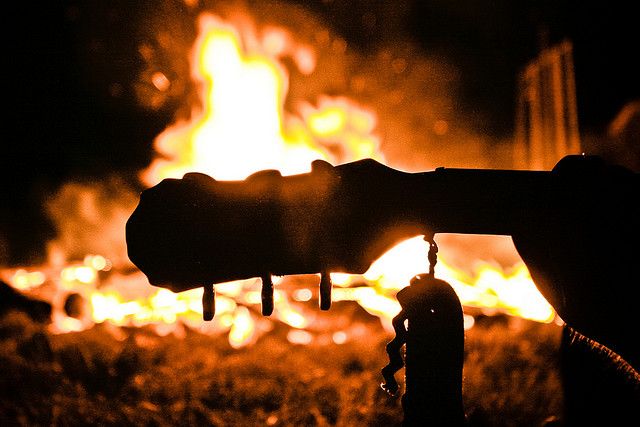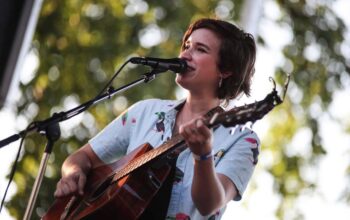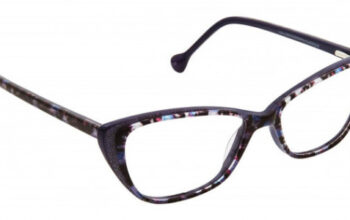When Hell thawed in 1994, The Eagles included a live version of Hotel California on the tour’s attending album that was arranged for nothing but acoustic guitars. It was. Interesting.
The reviews were. Interesting. Critics were cagey, but we fans were so thrilled the principals had managed to suspend their antipathy for one another long enough to share a stage again that we happily breached the $100/ticket barrier just to sing along for Auld Lang Syne. But at the concert, their hotly-anticipated signature song was met with merely polite, somewhat awkward, applause. In fact, it was skunked on the Love-o-meter by Timothy Schmidt‘s I Can’t Tell You Why and Don Henley‘s Heart of the Matter (which isn’t even an Eagles’ song). Hotel California, the six-plus-minute AM Radio opus whose studio version ends with the single greatest electric guitar duet ever recorded, flopped. Messrs. Felder and Walsh just couldn’t sell us the campfire guitar version, even rendered note for note.
How is it that some songs stand up well in their acoustic versions while others don’t?
Let’s do some housekeeping first. Here’s what ‘acoustic’ means for this series:
Item one: The instruments don’t have or need any amplification. For guitars, that means hollow-body six- or twelve-string guitars (or, their mandolin, ukulele, banjo or other relatives) and four-string basses; for keyboards, that means upright or grand pianos (or their similar relatives); for percussion, it means any assortment of handheld drums, cymbals or shakers; and for voice it means just the singers in the room. Now, it can mean some plugged in instruments if this is a studio recording and it needs to ultimately go into a board directly rather than through a mic, and it can mean an electric piano if no bulky ivory-based hardware is avails, and it can mean a small drum kit if it’s meant to be an understated accompaniment (like, with brushes on the snare). But it can’t include Marshall stacks, synthesizers, pedalboards, Neil Peart-like drum arsenals or a backoffice of MIDI processors or similar artifices. You can use a flashlight on your camping trip, but not a power generator.
Item two: I’m going for recorded versions here, not off-the-cuff live versions born of a bored touring artist’s whimsey. This needs to be artistically premeditated.
Item last: I’m only going to consider self-covers by the original recording artists themselves. Why? It’s kind of like having binocular vision. The object doesn’t change, but the angle does. The object is the artist’s own intention of the song, and the angle is the delivery method. Consider it a kind of musical parallax.
When a song is unplugged, we discover what its creator considers to be its core message and its most important parts. We also learn what they’d do differently, sometimes years after the piece’s original release. What notes or chords are missing, added or changed? What instruments were kept? Is the tempo changed? Is the melody completely different? Did the solos and interludes get shortened or omitted? That one hook or motif or vocal harmony that caught your ear in the full-band version, is it – to your crushing disappointment – gone altogether in the wattless edition?
We can banter, counter-banter and pound the table over which Layla is better. But IMHO, here’s the more interesting discussion: Is it even the same song anymore, or is the unplugged version a totally new musical thought? And how does the music itself stand up when it’s completely re-framed?
I’ll put a few on the light table in the coming posts.
[ed. Thanks to Jen for the inspiration on this topic]



